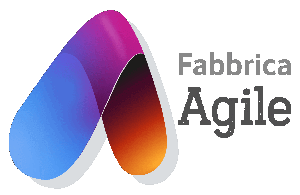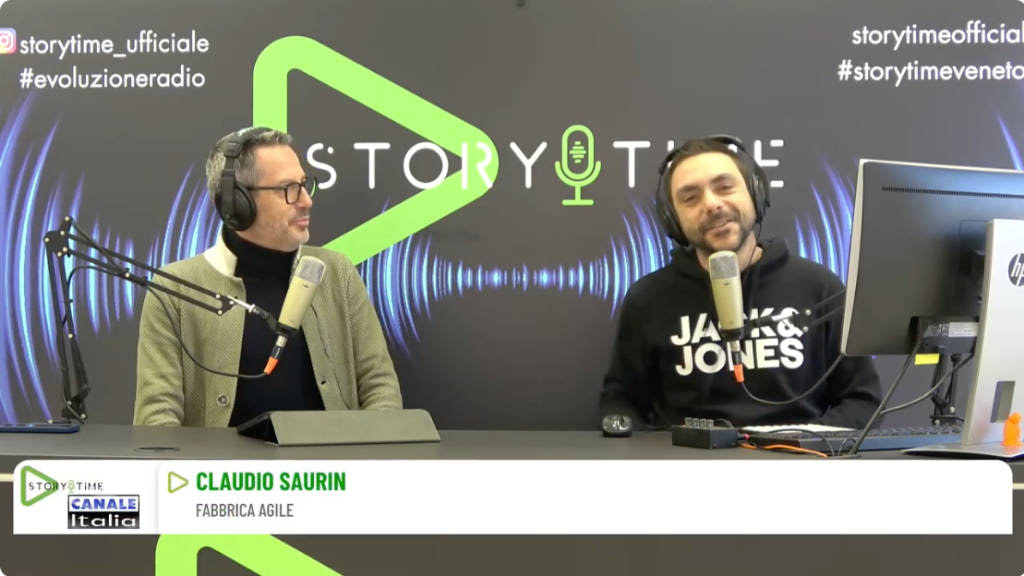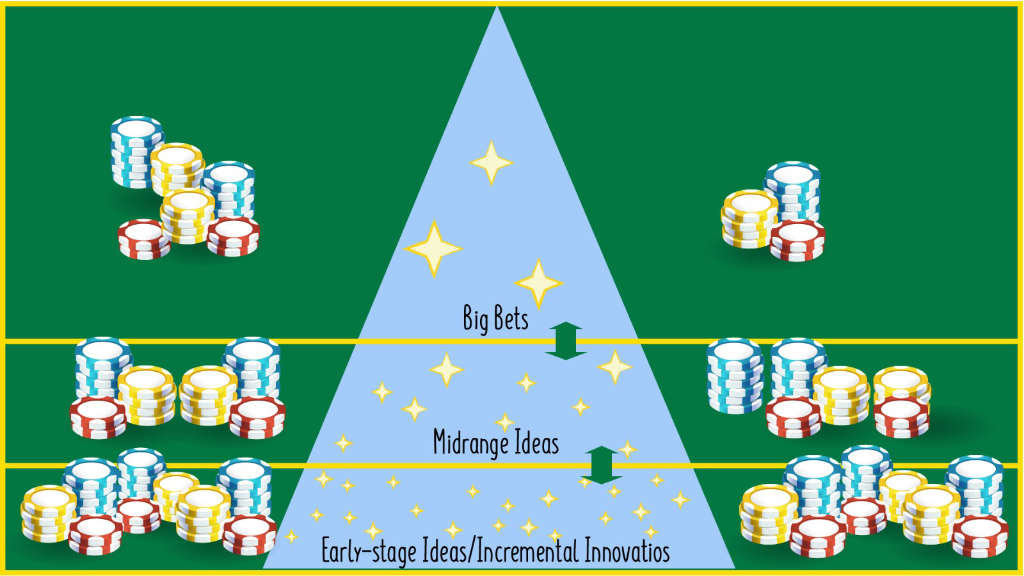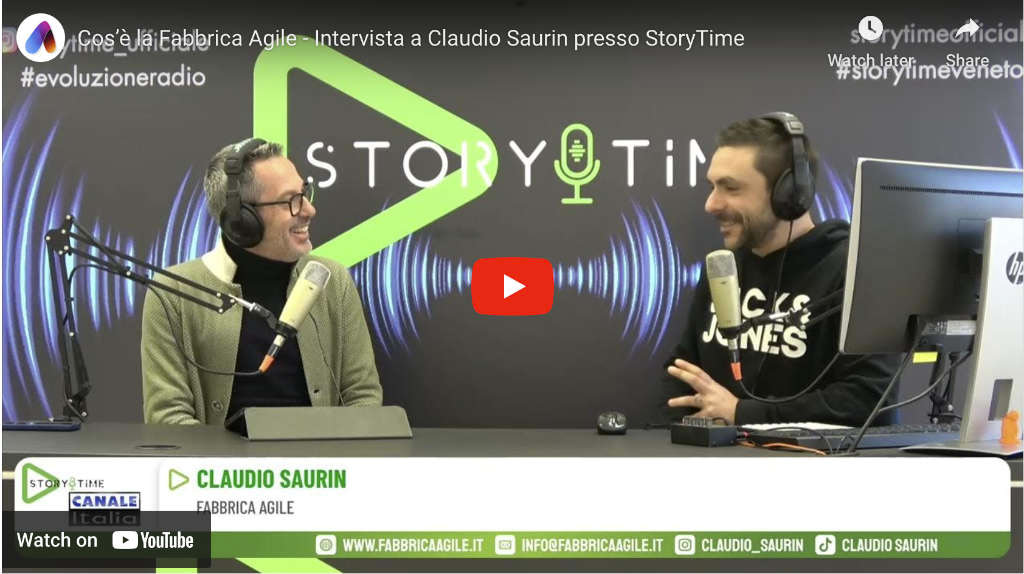As I wrote in my previous article, “The Creative Economy and Industry 5.0“, the 4.0 paradigm does not address the issue of creative jobs affecting people.
I’m thinking that made-in-Italy artisan and industrial enterprises, are flexible, creative and often know how to make customized products for the customer.
Industry 4.0 is an essentially technological approach, promising greater efficiency through digitization and artificial intelligence.
This paradigm alone is not enough for Italian companies to maintain their competitiveness in an increasingly technological world.
It is unthinkable for creative work to remain romantically identical to what happened in the enterprise before Industry 4.0.
In fact, digitization and artificial intelligence are not at odds with creative work because they can become elements that support creativity itself.
Being able to quickly make a sample of the product with 3D printing allows those who are creating it to have immediate feedback on their ideas.
Equally effectively, digital twins can become akin to “digital prosthetics” that enhance our ability to imagine products.
Added to this is the fact that today’s VUCA world is constantly changing.
Just think about the availability of materials, geopolitical instabilities, the cost of energy, and climate disasters, to name a few.
Continuous adaptation is necessary to survive and thrive in this highly dynamic world.
This adaptation is only possible with people‘s involvement.
But then how can it become the organizational model for an industry that combines these seemingly conflicting aspects?
This is where the new Industry 5.0 paradigm, which looks at the company as a whole, comes to our aid.
Industry 5.0 uses enabling technologies that are in part already present in Industry 4.0 and employs them with respect for people and the environment.
In this sense, the newly born Industry 4.0 is already surpassed by Industry 5.0.
As I delved deeper, I understood Industry 5.0 and summarized it in three characteristics:
- It is humanocentric
- The work environment and working methods foster people’s motivation
- Technology is a means to improve the quality of people’s lives, from those who develop to those who use the products
- It is sustainable
- Products and their development process are sustainable
- The working mode is sustainable
- It is resilient
- The company is able to cope with major changes without reporting permanent negative effects.
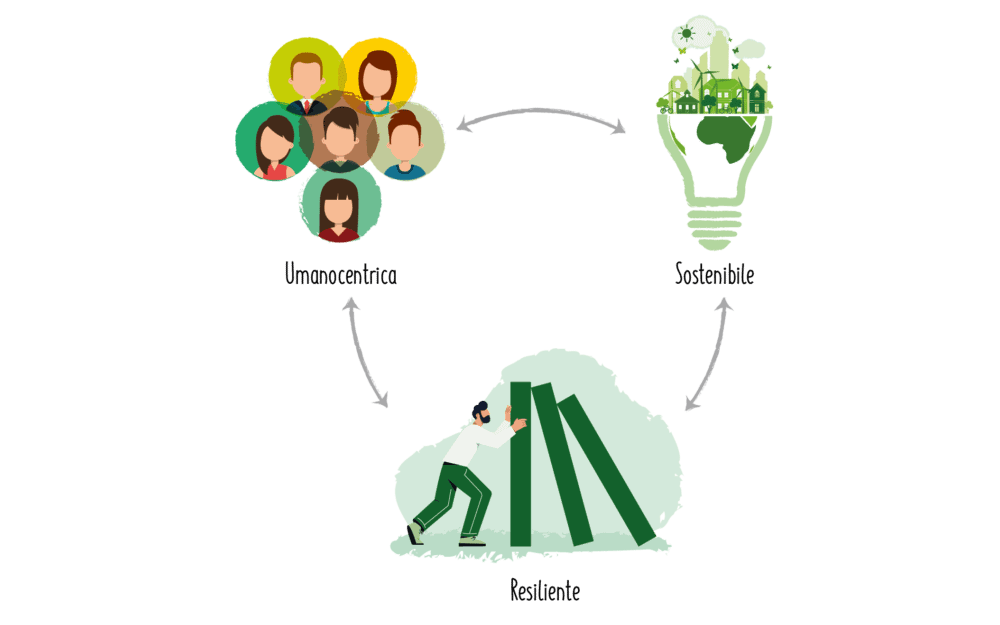
This requires, however:
- A deep transformation of business models
- a change in mindset
- A change in management methods and the governance of the enterprise
I think an Agile approach extended to the factory there can be a cornerstone of this new way of doing business.
Agile is particularly well suited to deal with complexity because it is adaptive and incremental and strongly involves people
It is this return to humanity at work that I was able to experience, firsthand for several years, with my Agile physical product development teams inside the factory.
A factory that goes back to being somewhat craft, like a creative and digital workshop, where the barriers between offices and factory are broken down.
In this way, people cooperate to quickly transform ideas into valuable and environmentally friendly products.
